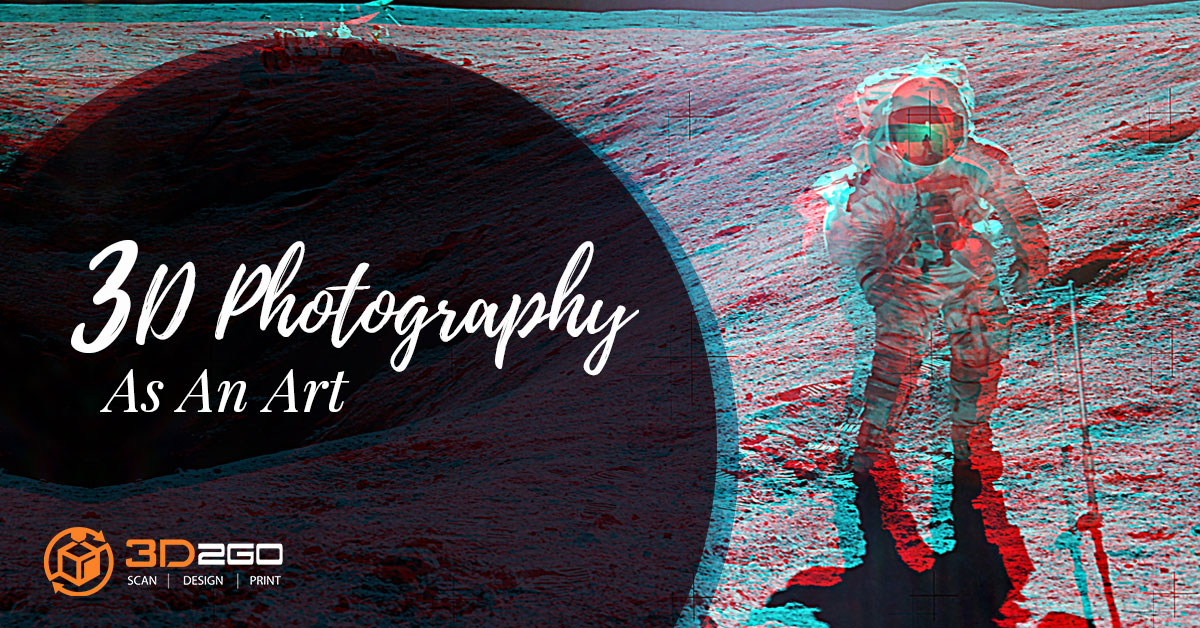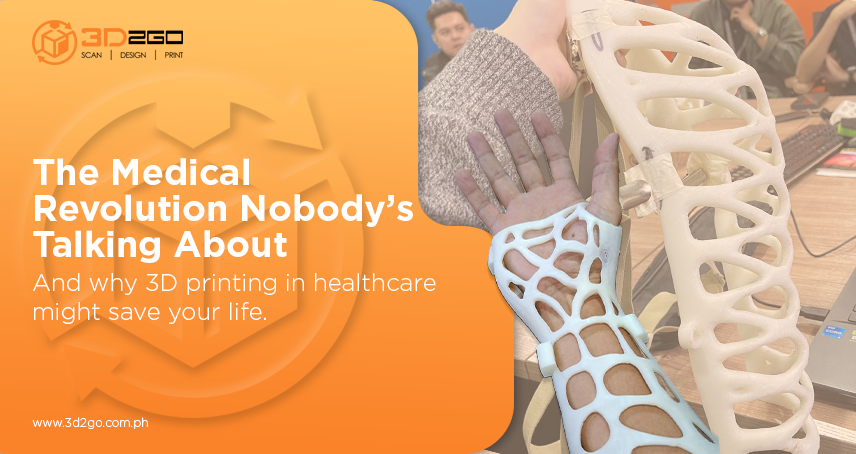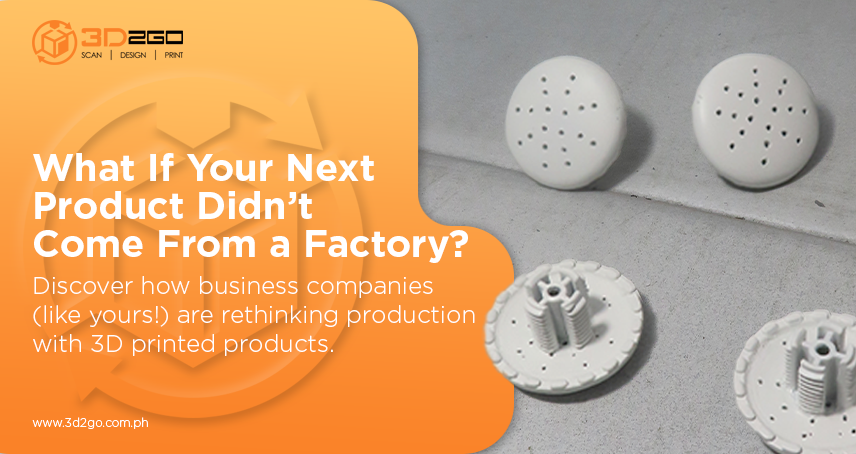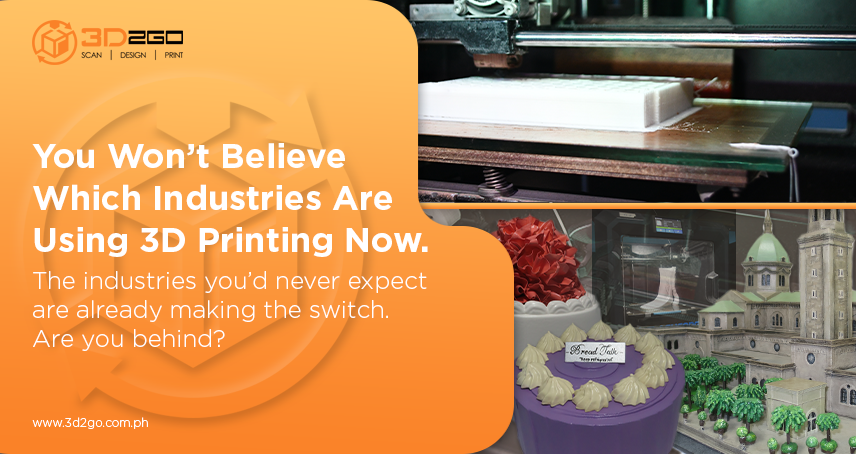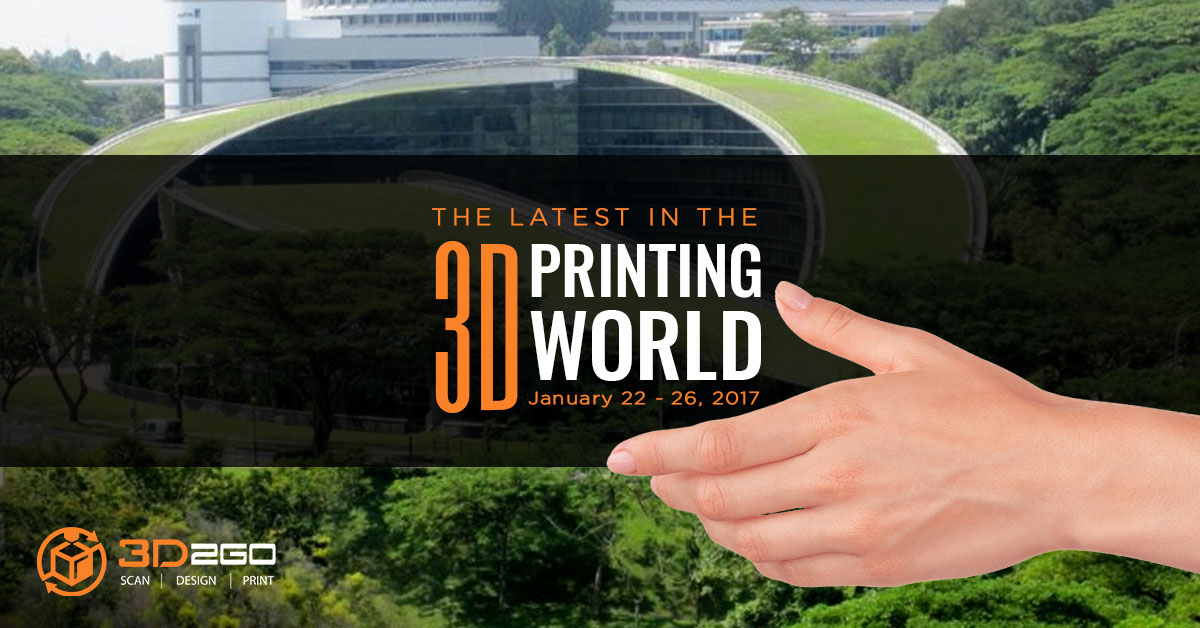
Industry News: Accurate 3D Bioprinting Skin, Adidas 3D-Printed Sneakers, Rocket Gas Generator And Many More
May 26, 2022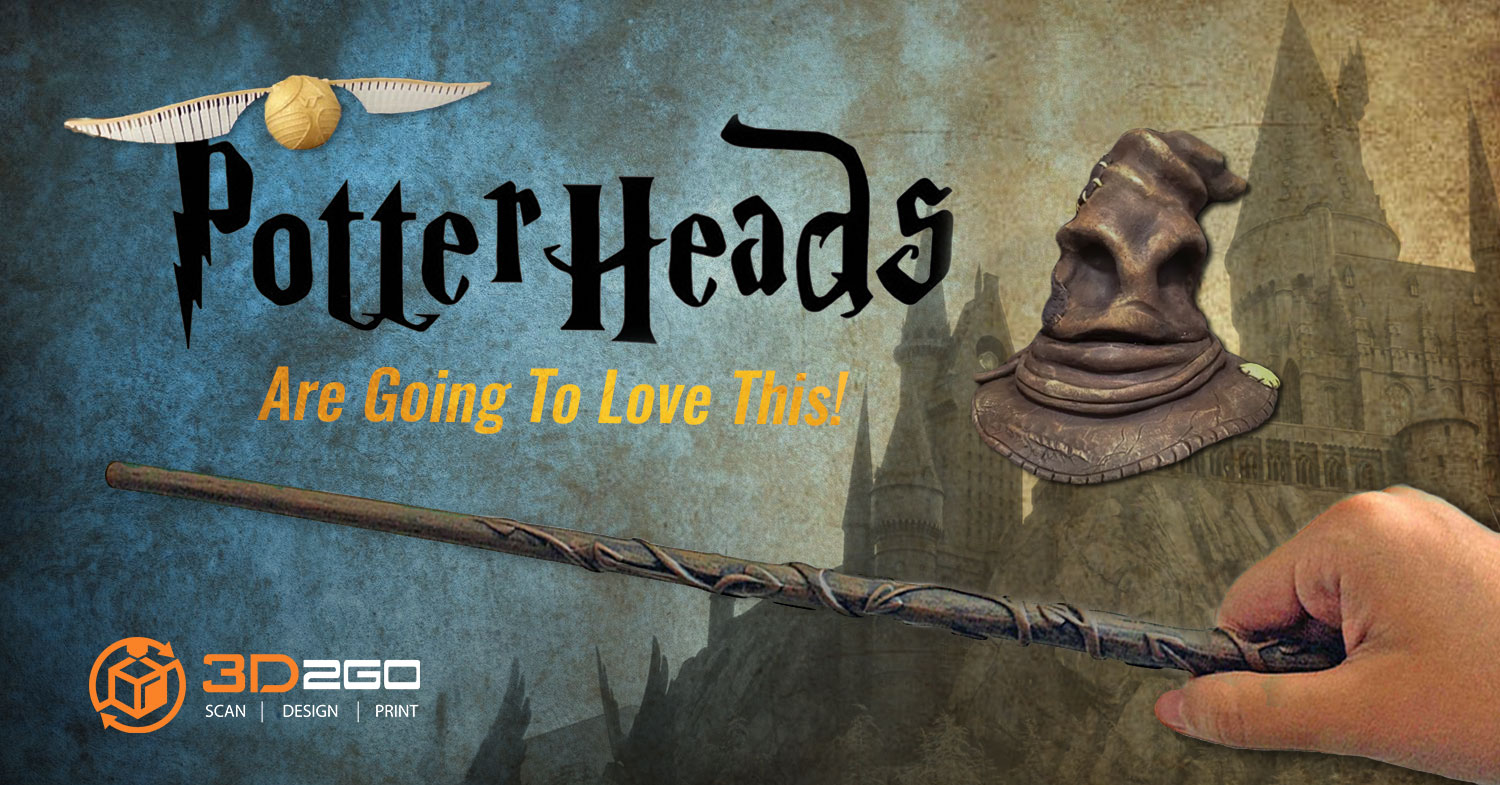
Bring Your Dream Harry Potter Merchandise to Life
May 26, 2022When you capture and display two different offset photographs to produce a 3D image, you are doing 3D photography. The effect is possible because of stereopsis, and that is why 3D photography is also called stereoscopic photography.
Here, each eye is planted on a different spot, which allows it to see a rather different image. Remember that the human brain interprets depth by comparing the images seen by our left and right eyes. This explains why when we look at a subject with our two eyes, we see in 3D. We are able to perceive depth because of the difference in the images, no matter how small it is. Here is a guide on how 3D photography works.
Taking the Photos
To put things in a photographic perspective, get two photos of the same subject taken from slightly different positions. Do it by utilizing two cameras that are mounted together or a special, multi-lens camera developed for 3D photography. It is still possible if you only have one camera; all you need to do is take one shot, move to another position, and take another one.
Obviously, the last procedure works best if the subject is immobile, like a 3D figurine or furniture. If the subject is moving, we will need a special hardware. This is where you will need a dual camera setup mounted on a tripod. With this rig, it is possible to activate both cameras at the same time.
Viewing and Displaying the Photos
Now it’s time to see and display the 3D image. They are commonly done through 3D viewing systems with glasses and without glasses. 3D viewing systems with glasses superimpose both views on the screen. You wear glasses that filter the image, and as a result, each eye views only what it should. Samples of glasses include polarized, color filtering, and active shutter.
Minus the glasses, viewing 3D images can be done through systems such as:
Mirror Split – This system uses mirrors to overlap the images. When two mirrors are utilized, one of them is positioned horizontally.
Wiggle 3D – The image is switched between left and right eye views. The movement is so rapid that most people who have tried it find it disorienting.
Parallel – Here, two eye views are shown side by side. The images may be seen using a stereoscope.
Cross-Eyed – It is similar to parallel, but the right eye view is placed on the left and vice versa. To see the corresponding image, it is important that you cross your eyes.
Learn More About 3D Photography
If any of these puzzles you, please do not hesitate to contact us. Our team would be more than happy to answer any of your questions about 3D photography and how it is done. 3D2Go is composed of seasoned professionals who are experts at what they do, so you can rest assured that any of your inquiries will be addressed accordingly.


